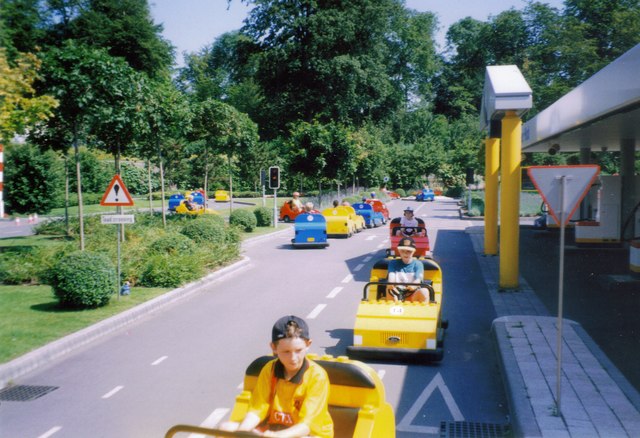There is no shortage of material written about change management but change managment for sustainability deserves specific consideration for several reasons.
The Prof E Sus course on Discovering a Sustainable Mindset aimed at teachers of Home Economics ends with a call to make plans for change. This is relevant regardless of whether we are talking about individual teachers or principals of an educational institution with the power to affect a whole organisation.
Implementing a sustainable mindset implies ‘business NOT as usual’. If business as usual were sustainable there would be no need to act.
In the case of sustainability there are some additional considerations to be included alongside the usual recommendations for managing change.
Addressing hopelessness
Seeing the scale of environmental and social justice problems in the world it can seem more than a daunting task to address sustainable habits and work processes. While there is a case for scene-setting with some facts of the dimensions of the problem to be addressed, teachers (and activists) always have to make sure that they include do-able actions that can be adopted at an individual or local level. We have learned that bad and negative news travels fastest online and whilst this does not give us an exact formula, it does tell us that we need many more good news stories to counteract the bad news stories. Following a source such as Sustainable Brands or the World Economic Forum is a good start.
Timescale
We should recognise that change takes time and depending on what we are trying to achieve, there may be widely differing time-frames involved. One good example is the new Finnish goal of being smoke-free by 2030 (defined as less than 5% regular smokers). When you look at the timeline of smoking in Finland, you begin to realise that you need a 100 year horizon AND that it is an achievable goal.
The scientists are telling us that we do not have 100 years to reduce carbon emissions but the example shows us that we need to be aware of the relevant timescale.
Level
Another example that we looked at in Finland was that of pedestrian, driver and cyclist behaviour. There was a general impression that Finns were more and more prone to breaking the rules. One suggestion was that this should be addressed at the time of learning to drive. ie in the late teenage years but people began to realise that this was too late and that attitudes about social responsibility were already set by that age. Therefore the more effective strategy turned out to be that the rules of the road should be learned in Kindergarten. Suddenly the Legoland Driving School does not seem like such a bad idea after all!
In the case of sustainable habits it is often the case that the young teach their parents so any level of school is the right age to promote sustainable habits.
Identifying enablers
During the last module in Finland we tried out the Amoeba game where we looked at the different types of people typically found in an organisation and their attitudes to change. I used to find in my work with integrating ICT for language teachers that there always came a point where the individual teacher could no longer be the lone pioneer and had to get support from colleagues and management to continue ther implementation of digital pedagogy. And so it is with any type of change. There will always be the pioneers but there will always also be the curmudgeons and late adopters. The amoeba game helped our participants start to think more widely about the people in their institution, who might be an ally, who might be a supporter and who might give them good advice from a perspective of caution.
They had to go home with a concrete plan so this was an important step!
So
- Think positive!
- Decide on an appropriate timescale
- Implement at any level
- Identify your allies
![Creative Commons Licence [Some Rights Reserved]](http://s1.geograph.org.uk/img/somerights20.gif) © Copyright Tracey Clarke and licensed for reuse under this Creative Commons Licence.
© Copyright Tracey Clarke and licensed for reuse under this Creative Commons Licence.

